Automation, especially in robotics and AI, has many advantages for enterprise organizations implementing advanced technology into their daily operations.
The benefits of automation include time to value, improved accuracy, reliability, productivity, scalability, and enhanced employee morale. But the benefits can be much more profound, might not be direct cost savings when calculating the ROI, and can positively impact every part of a business from the ground up.
Here are 7 of the most frequently overlooked benefits of automation we see with our GrayMatter customers after deploying our automated surface treatment solutions at their sites.
- Improved Accuracy and Process Consistency: Automation is designed to follow specific rules, so it helps to remove the vast majority of human error from processes. While human operators can perform with a high degree of variability depending on their experience and workload, they are prone to making mistakes when they experience fatigue and cognitive overload. New workers also tend to make more mistakes compared to experienced workers. Automation can accurately emulate repetitive human actions and complete processes several times faster than before, improving the overall process quality. At the same time, a faster processing time also positively impacts the customer experience, shortening the time it takes to respond to requests and increasing customer satisfaction.
- Reduced Environmental Impact: Manufacturing companies have an incredible opportunity to make a difference in their environmental impact by integrating the power of new technology, such as energy-efficient automation. Automation can reduce the number of materials needed in processing applications, such as abrasives like sandpaper. Employees might only sometimes perform tool changes at the optimal time, which can lead to an increase in materials needed and unnecessary waste. For example, our GrayMatter Scan&Sand™ uses sensors to determine the optimal time for sandpaper changes and performs these changes autonomously.
- Improved Employee Satisfaction: Automation reduces the need for employees to perform tedious and ergonomically challenging tasks. It removes repetitive, monotonous tasks from workers so they can focus on more important jobs requiring creative and critical thinking. This saves money by eliminating wasted time for your employees, who can tackle more complex issues within your organization. Automating also reduces the risk of worker injury and improves workplace safety overall. These factors contribute to higher employee satisfaction, increase retention, and help with the nation’s labor shortage, especially in manufacturing.
- Workforce Diversity: Gen. Z will account for 30 percent of the US workforce by 2030. This generation is distinguished from its predecessors because Gen. Z grew up with the internet and technology at their fingertips. Suppose this younger generation is expected to play a critical role in filling new manufacturing opportunities. In that case, employers will need to consider how to attract GenZ to manufacturing since this generation has a lingering negative opinion about jobs in manufacturing. Robotics and automation technologies help in converting manufacturing jobs into tech jobs. In addition to attracting GenZ, usually, people with disabilities have difficulty finding employment in manufacturing. Now that robots and automation are reducing the need for physical labor, there are new opportunities for people with disabilities in manufacturing.
- Transcending Human Constraints: Humans have inherent limitations in speed, strength, size, accuracy, consistency, and reaction time. Human capabilities constrain manual processes, and automation can be designed to transcend human limitations. For example, once human speed and force limitations are not the driving factors and technology plays a more significant part in manufacturing, new applications can be developed with “superhuman” process performance.
- Valuable Process Data: Sensors in automated processes produce valuable data to build process models to optimize the process further. This data also helps build prognostic capabilities that enable predictive equipment maintenance and create digital twins of the fabricated part. All downstream processes can exploit the availability of this digital twin. This data can also be used to diagnose problems with upstream processes.
- Capture Process Knowledge: As the baby boomer generation starts to retire, organizations are rightly concerned about losing valuable process knowledge. Process knowledge is a valuable asset, and losing it can be detrimental to the company’s long-term competitive advantage. Automating a process means that the process knowledge is automatically captured in software.
Automation is changing how manufacturing organizations operate in today’s constantly evolving landscape. Many benefits come with implementing automation in your business, from freeing up your human workforce to streamlining processes. Together, they make automation a big win for any organization.
Satyandra SK Gupta, Chief Scientist and Co-Founder at GrayMatter Robotics

